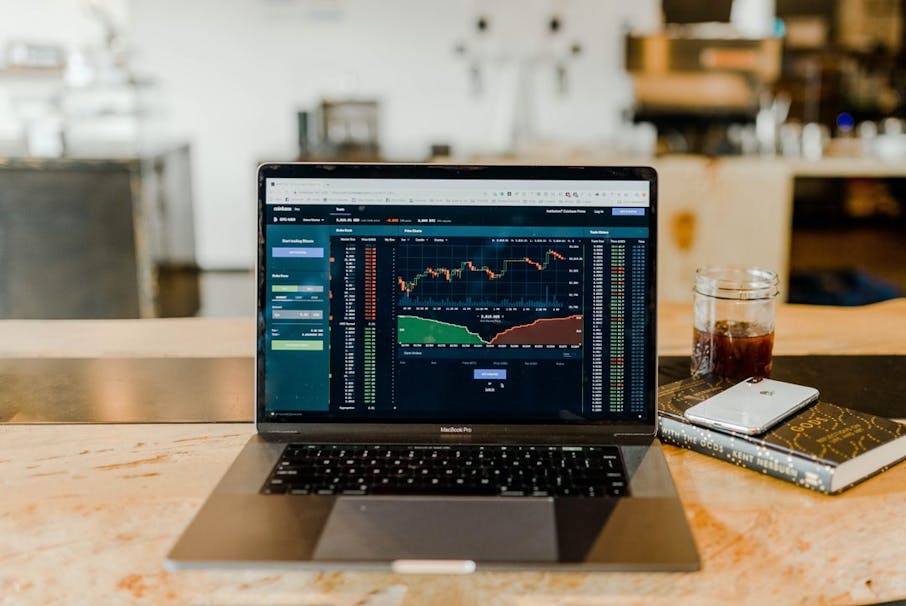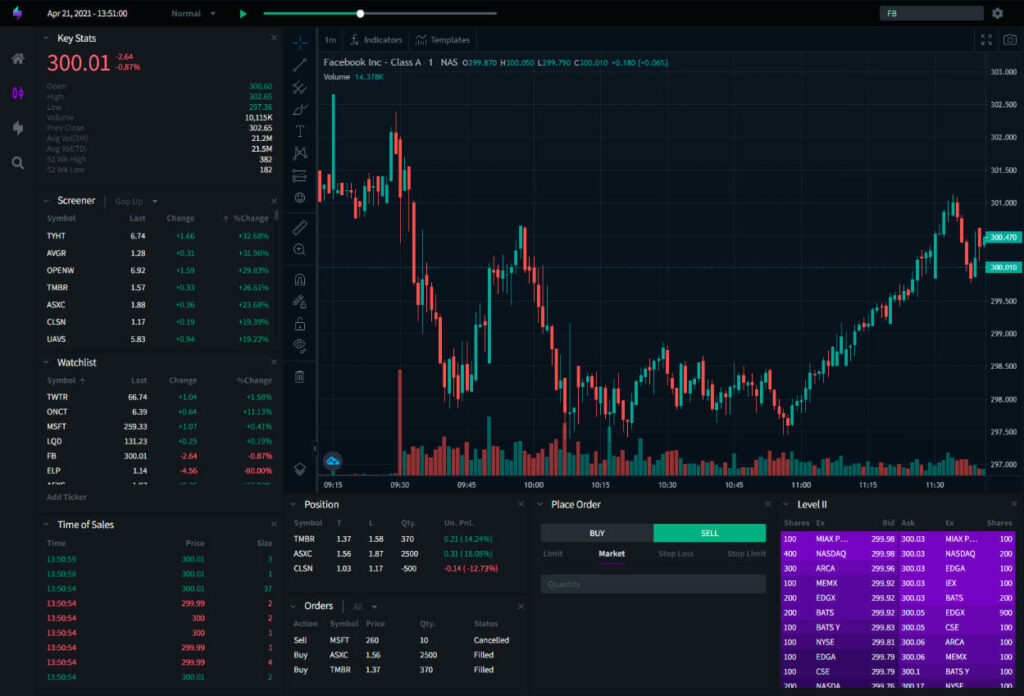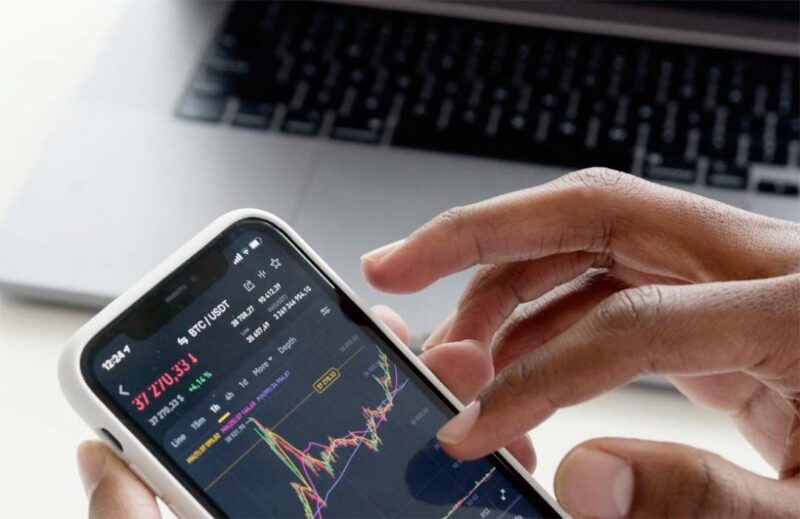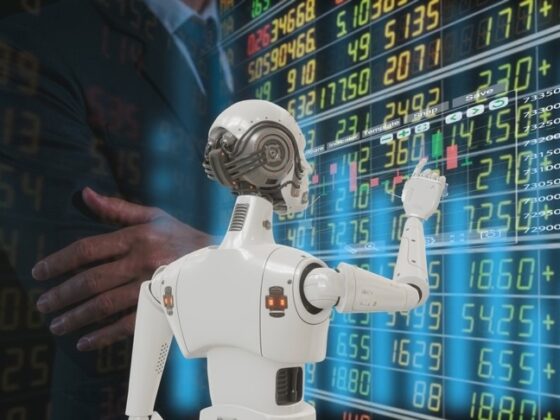In a world where financial markets pulsate with the rhythm of rapid transactions and ever-shifting landscapes, the advent of trading simulators has revolutionized the way traders hone their skills. But what exactly are these digital platforms, and how do they replicate the intricate dynamics of real markets? Designed to offer an immersive experience, trading simulators harness cutting-edge technology to mimic the volatility and complexity of actual trading environments.
These tools provide users a sandbox to experiment, strategize, and learn without the financial risks that come with real-world trading. As we delve deeper into the mechanics of these simulators, well uncover the innovative algorithms and data analytics that bring virtual trading to life, illuminating the path for both novice and seasoned investors.
The Underlying Technologies in Trading Simulators

Trading simulators rely on a sophisticated blend of technologies that work in tandem to create an environment resembling real financial markets. At the core, advanced algorithms process historical data and simulate market dynamics, allowing users to engage in trading without financial risk.
This data feeds into real-time analytics tools, which assess market conditions, volatility, and liquidity, akin to what traders face daily. Platforms often incorporate features like a free replay chart tool, enhancing the user experience by allowing traders to review and analyze past market movements in detail. Coupled with high-quality graphical user interfaces, these platforms offer not just charts and graphs, but also immersive elements like news feeds and social trading functionalities.
Furthermore, the integration of APIs enables seamless connectivity to actual market data, ensuring that the scenarios and fluctuations a trader encounters in the simulator echo the unpredictable nature of live trading. Such technologies are not merely tools; they are dynamic instruments that push the boundaries of learning and strategy development, making every session an invaluable part of the trader’s journey.
Risk Management Features in Trading Simulators

Risk management features in trading simulators play a pivotal role in preparing traders for the complexities of real-world markets. These simulators not only provide a platform for executing trades but also incorporate advanced tools that allow users to set stop-loss orders, apply leverage with caution, and assess their risk-reward ratios meticulously.
Imagine navigating a volatile market where one wrong move could spell disaster; here, traders can experiment safely. They can test different strategies, analyze potential drawdowns, and fine-tune their decision-making without the financial repercussions of actual trading.
Furthermore, many simulators offer simulations of adverse market conditions, allowing users to build resilience and hone their skills under pressure. In doing so, these features empower traders to cultivate a disciplined approach, fostering a mindset that is essential for success in the unpredictable realm of trading.
The Role of Artificial Intelligence in Trading Simulators

Artificial intelligence (AI) is revolutionizing the landscape of trading simulators by injecting a level of sophistication and adaptability previously unseen in financial education tools. These advanced systems harness vast amounts of data to create dynamic market simulations that evolve in real-time, mirroring the unpredictable behavior of actual markets.
By employing machine learning algorithms, trading simulators can analyze patterns, predict outcomes, and adapt scenarios based on user performance, resulting in a highly tailored educational experience. Imagine a simulator that not only responds to your trades but also challenges your strategies by introducing unexpected market shifts or news events, compelling you to think critically.
This interaction mirrors the complexities of real trading, providing users with a risk-free environment to hone their skills while grappling with the nuances of market fluctuations and emotional decision-making. The integration of AI into trading simulators transforms them from static practice tools into dynamic arenas of learning, preparing traders for the intricate dance of Wall Street.
Conclusion
In conclusion, trading simulators represent a remarkable intersection of technology and finance, allowing both novice and experienced traders to hone their skills in a risk-free environment. By effectively mimicking real market conditions, these tools provide users with valuable insights into their trading strategies and decision-making processes.
With features such as the free replay chart tool, traders can revisit historical market data, analyze past performance, and improve their techniques without the pressure of live trading. As advancements continue to shape this field, trading simulators will undoubtedly remain essential resources, empowering traders to navigate the complexities of the financial markets with greater confidence and proficiency.


